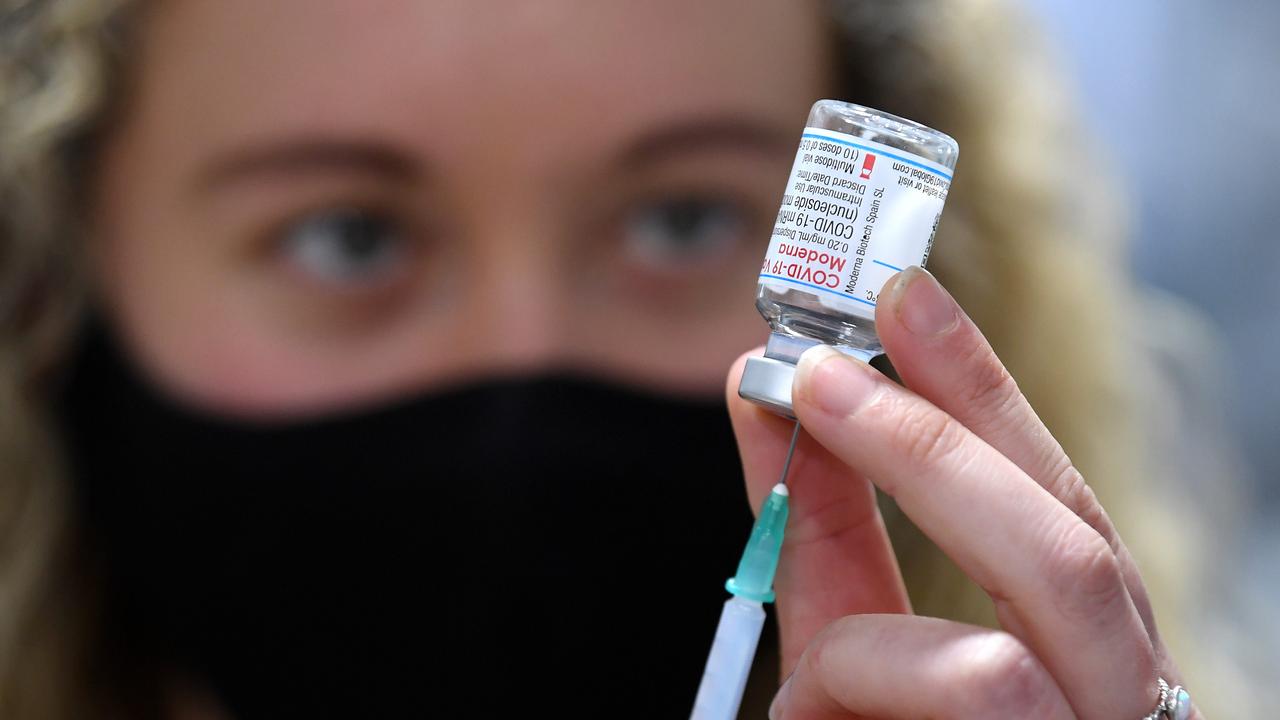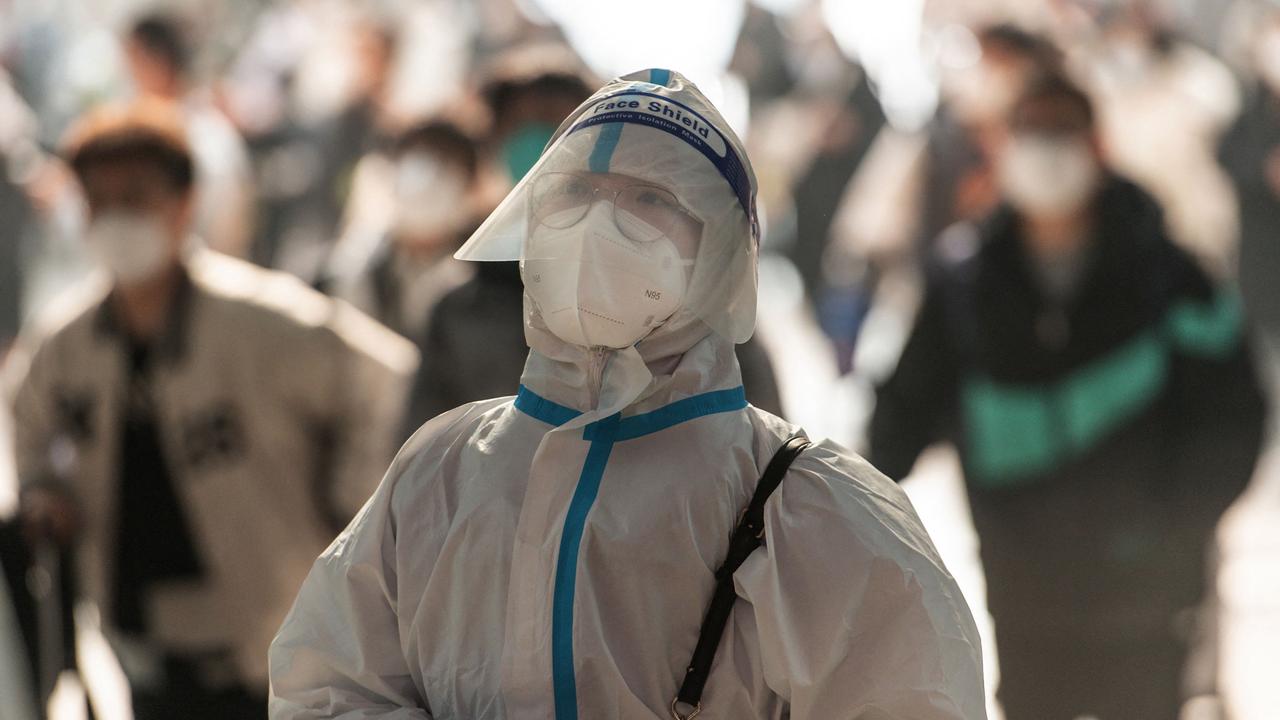Coronavirus: Europe says it’s ‘learning to live with COVID-19’
Europe’s new pandemic strategy is “learning to live with” the virus. But this approach is already taking a worrying toll.

It may be difficult to think that six months ago, Italy was the worst-affected country in the world for coronavirus.
The country had a soaring death rate, with cases rapidly increasing day on day, and the nation was in crisis struggling to deal with a mysterious new disease.
At its peak, Italy recorded 6000 daily cases in March, with more than 250,000 infections overall.
These are photos taken from some of Italy’s most popular tourist destinations at the beginning of the year in the midst of a harsh lockdown.
RELATED: Follow our live coronavirus coverage here
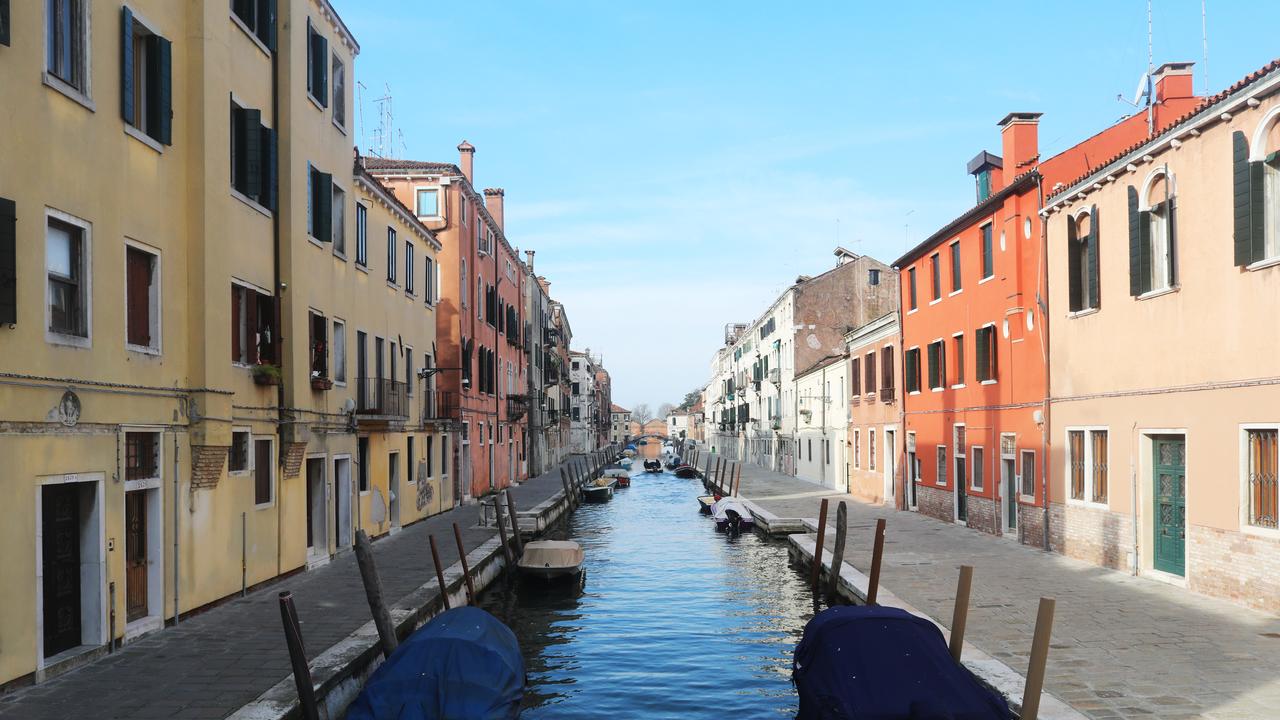
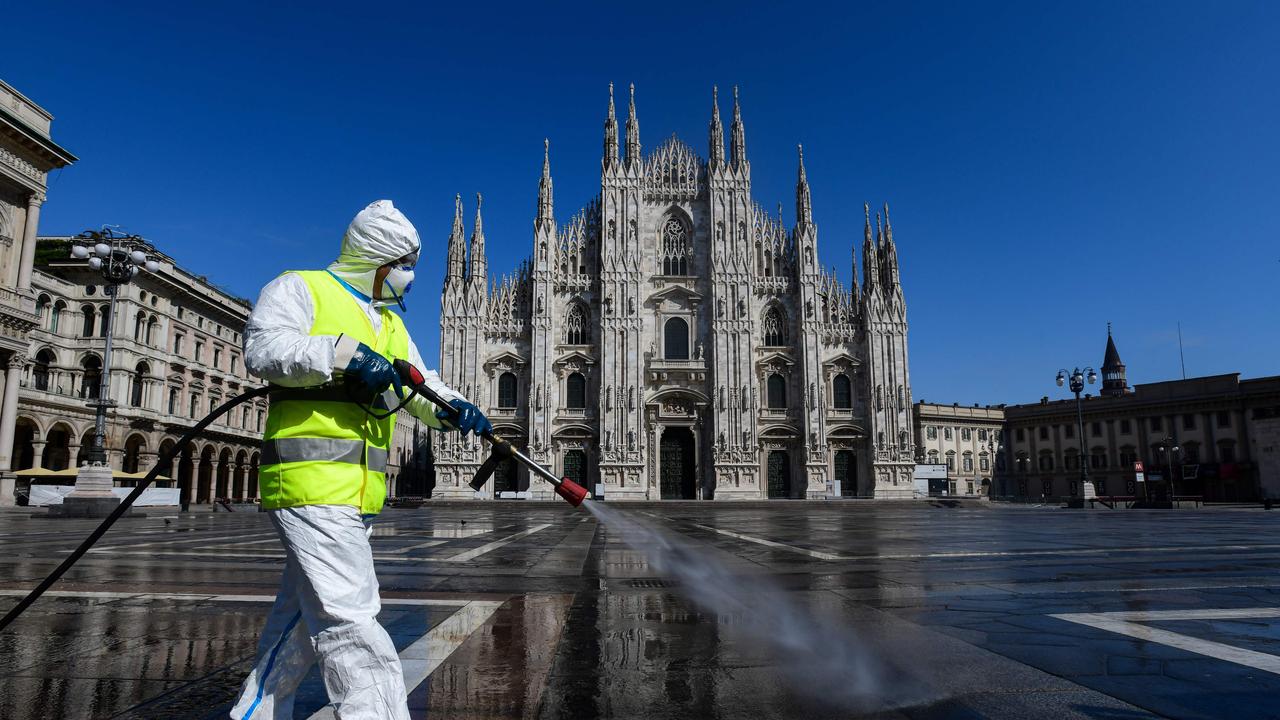
For comparison, here is Italy over the summer months:
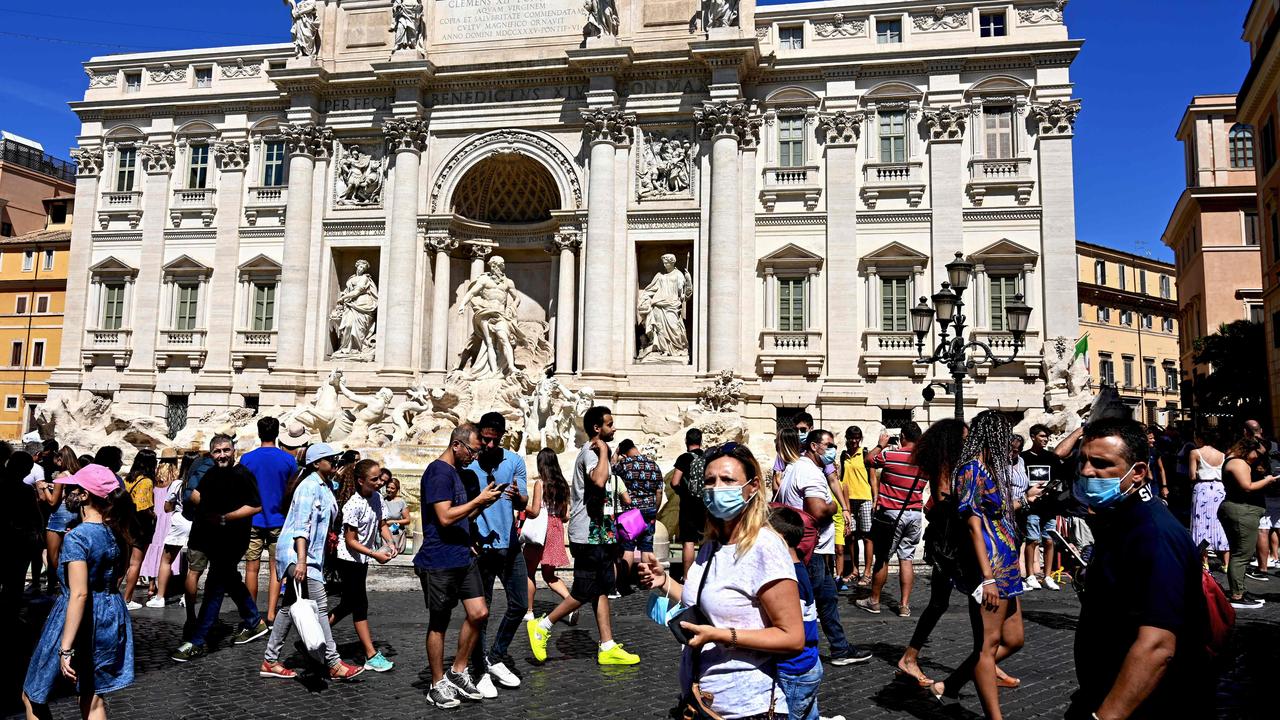
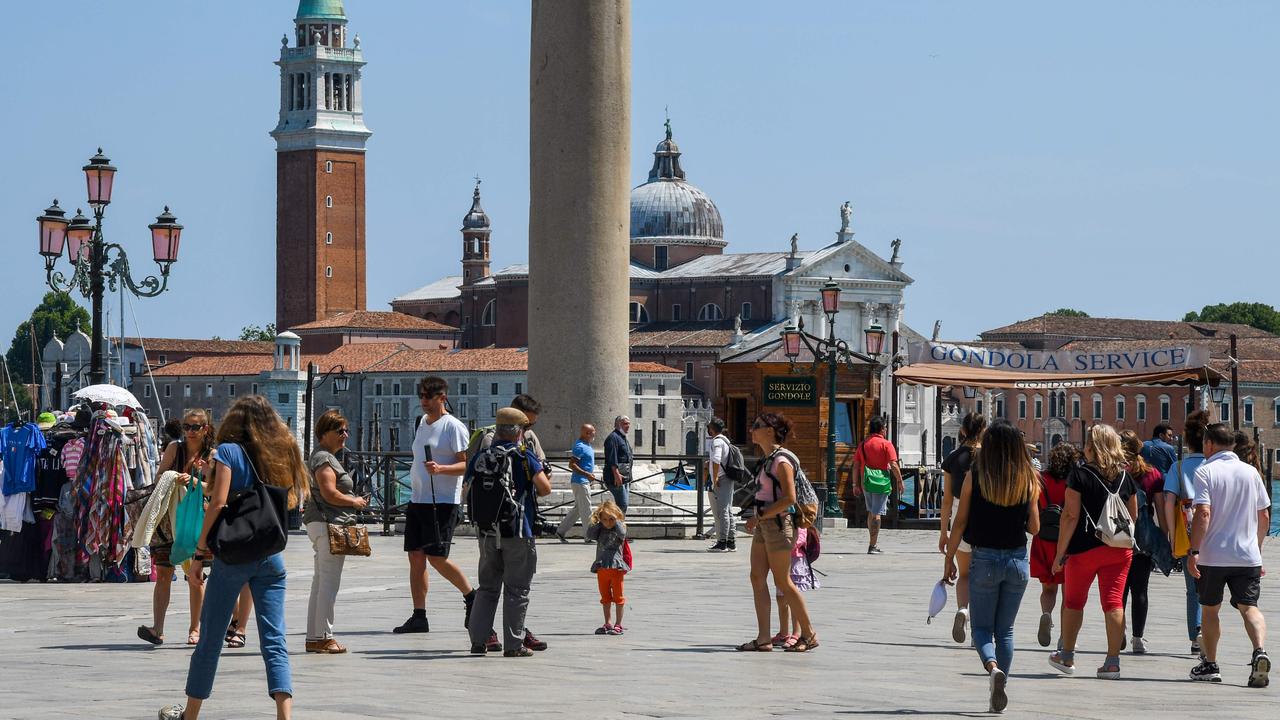

REOPENING OF EUROPE COMES AT A COST
Europe’s pandemic strategy has shifted to learning to “live with coronavirus”.
But for some countries, it comes with a cost. Italy just recorded a total of 845 new cases – a high not seen since mid-May.
Last Saturday, Italy registered 629 new cases in 24 hours, up from 500 on the two previous days.
The Italian govenrment ordered the closure of nightclubs and made masks compulsory in certain outdoor areas at night.
On August 1, the European Union opened its borders internationally, to select countries including Australia if they wished to come visit.
They also opened their borders internally, meaning Italians are now able to have a summer holiday in other parts of Europe.
The influx in cases has largely been triggered by people returning from holidays in other parts of Europe, such as Greece, Spain, Croatia and Malta. The government had since made it compulsory that travellers from these specific countries be tested for the virus upon returning.
But it’s not just Italy. France just recorded another jump in cases, with 4711 new infections in the past 24 hours – a new record not seen since the height of the pandemic.

Germany confirmed 1,707 new coronavirus cases in the past 24 hours, the highest daily toll since April.
Fernando Simon, the health ministry’s emergencies director, has warned that “things are not going well” there.
“Nobody should be in any doubt, things are not going well … We cannot let the situation elude us again,” he told a press conference.
The country recorded 3715 cases in the past 24 hours, with testing increasing.
Meanwhile in Australia, NSW and Victoria appear to be getting recent “second wave” outbreaks under control.
NSW has had several days of single-digit cases, recording just one case on Friday, but Victoria’s numbers are not falling as quickly as expected, leaving experts worred the current six-week lockdown will be extended.
“On the five-day average graph, we reached a peak on July 30 and then plateaued one week to 10 days after mandatory masks were introduced,” Melbourne University epidemiologist Professor Tony Blakely told news.com.au.
“Cases fell quite quickly in the week following August 4, quicker than I expected but then in the last week — which is seven days after stage 4 lockdown — it’s actually slowed and that’s what I find odd.
“It’s still going down, which is good, but at this rate of progress we’ll be lucky if we are at less than 50 cases a day by the end of the six-week lockdown.”
The slower than expected decline could leave authorities with a tough decision to make at the end of the lockdown on September 13.

There was hope Victoria would get its coronavirus case numbers down to low double digits or even single digits.
Victorian president of the Australian Medical Association, Associate Professor Julian Rait told Today on Monday that low double digits would be “very manageable” for contact tracers and Victoria could “look forward very likely to the measures being relaxed at that point”.
“I think many of my colleagues would like to see zero numbers but I think more realistically if it got down into the low double digits or even perhaps the single digits, that would be very manageable,” he said.
“The idea would be that at that point you could have very aggressive contact tracing and be able to find all the possible contacts an test and isolating them as required.
“So I think once the numbers get down to a very low level, it’s a much more manageable situation than it currently is.”
However, if Melbourne ends its stage 4 lockdown with Victoria still recording 50 cases a day, this would remain a challenge for contact tracers.
Victoria’s slow case improvement also opens up the possibility that the state’s lockdown may need to be extended, although this will ultimately come down to what its goal is.
Prof Blakely believes elimination of community transmission is still possible in Victoria but concedes it’s now unlikely that authorities will go for this option due to the economic and social impacts of continuing a stage 4 lockdown.
“If we are going for elimination, 50 cases a day is not nearly low enough,” he said.
“It does look like Victoria is headed for suppression land. To achieve elimination from here would be a big effort, it would take political and social leadership and it’s possibly asking too much of the population.”
- with Charis Chang


